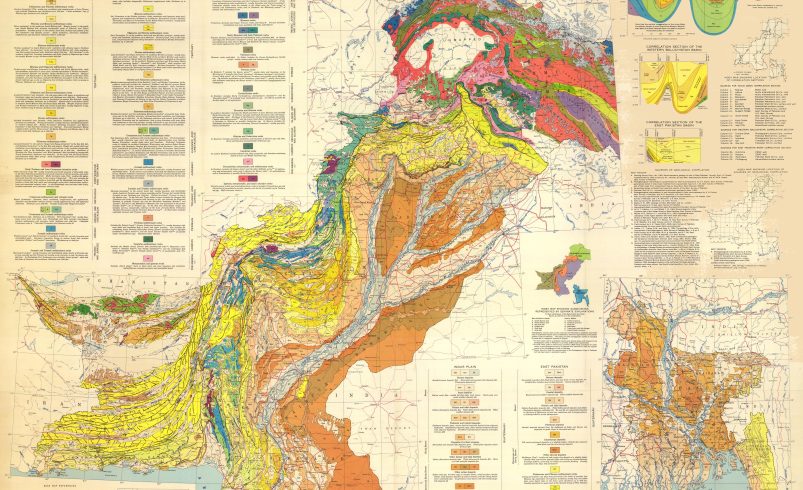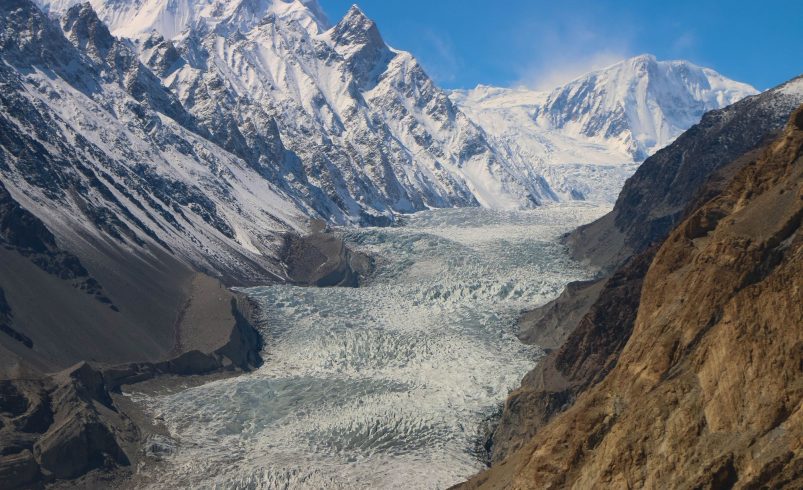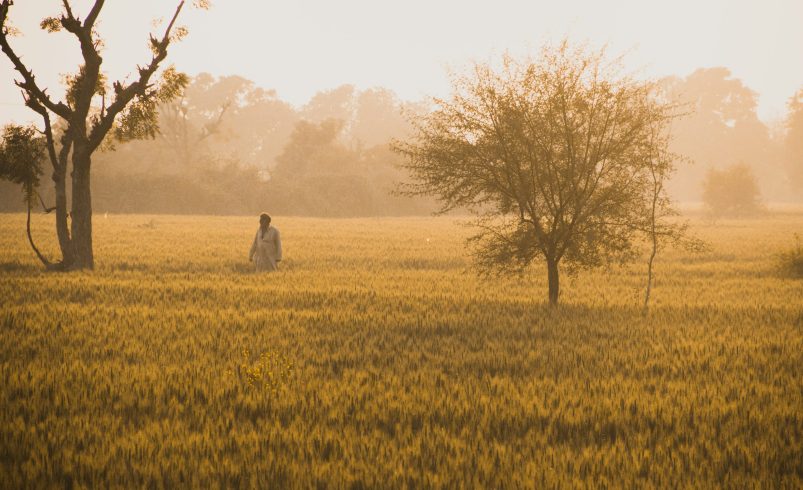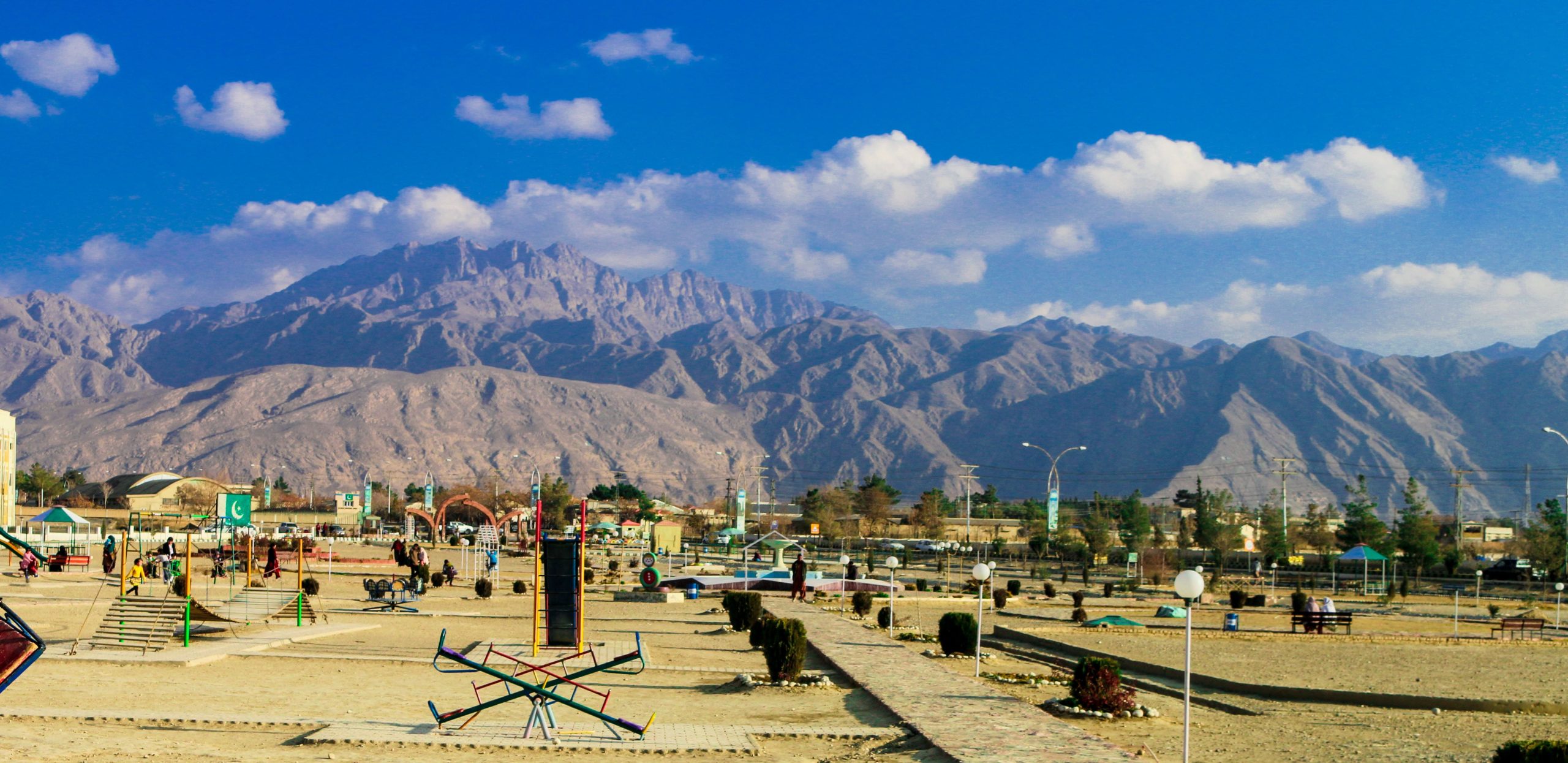
- April 9, 2025
Introduction
Pakistan Insights offers an extensive exploration into a country where ancient civilizations, diverse cultures, majestic landscapes, and unparalleled hospitality converge. From the towering peaks of the Karakoram Range to the historic streets of Lahore, and from the vast deserts of Thar to the serene lakes of Gilgit-Baltistan, Pakistan presents a tapestry of experiences waiting to be unraveled.
As Pakistan garners increasing attention from global travelers, this guide delves deep into the nation’s history, cultural heritage, top destinations, accommodation options, travel tips, and essential information to ensure a memorable and informed journey.
History of Pakistan
Pakistan’s history is a rich mosaic woven over millennia. The region was home to the Indus Valley Civilization, one of the world’s earliest urban cultures, flourishing around 2500 BCE in cities like Mohenjo-Daro and Harappa. These ancient metropolises showcased advanced urban planning, trade systems, and cultural practices.
Over the centuries, the land witnessed the rise and fall of numerous empires and dynasties:
- Achaemenid Empire (6th–4th century BCE): Incorporated parts of present-day Pakistan into its vast realm.
- Alexander the Great (4th century BCE): His conquests brought Hellenistic influences to the region.
- Maurya Empire (4th–2nd century BCE): Under Emperor Ashoka, Buddhism spread across the area.
- Gupta Empire (4th–6th century CE): A period marked by significant advancements in arts and sciences.
- Islamic Caliphates (7th century CE onwards): Introduced Islam, profoundly influencing the region’s culture and architecture.
- Delhi Sultanate (13th–16th century): Established Muslim rule, leading to the construction of significant monuments.
- Mughal Empire (16th–18th century): A golden era characterized by architectural marvels like the Lahore Fort and the flourishing of arts and culture.
- British Raj (19th–20th century): Introduced Western education, infrastructure, and administrative systems.
In 1947, after a prolonged struggle for independence, Pakistan emerged as a sovereign nation, charting its unique path in the global arena.
Cultural Heritage
Pakistan’s cultural landscape is a vibrant amalgamation of various ethnicities, languages, traditions, and artistic expressions:
- Ethnic Diversity: The nation is home to Punjabis, Sindhis, Pashtuns, Baloch, Kashmiris, and numerous other groups, each with distinct customs and traditions.
- Languages: While Urdu serves as the national language, regional languages like Punjabi, Sindhi, Pashto, Balochi, and Saraiki are widely spoken, reflecting the country’s linguistic richness.
- Arts and Crafts: Pakistan boasts a rich tradition of handicrafts, including Sindhi Ajrak (block-printed shawls), Balochi embroidery, Multani blue pottery, and Swati woodwork.
- Music and Dance: From the soulful strains of Qawwali and Ghazal to the energetic beats of Bhangra and Attan, Pakistani music and dance forms are deeply rooted in its cultural fabric.
- Festivals: Celebrations like Eid-ul-Fitr, Eid-ul-Adha, Basant (kite-flying festival), and regional events such as the Shandur Polo Festival in Gilgit-Baltistan highlight the nation’s festive spirit.
Best Time to Visit Pakistan
Pakistan’s diverse geography means that the optimal time to visit varies by region and desired activities:
- Spring (March–May):
- Summer (June–August):
- Northern Regions: High-altitude areas like Skardu, Fairy Meadows, and Naran Kaghan provide a cool respite from the heat, making them perfect for trekking, camping, and mountaineering.
- Southern and Central Regions: Cities like Multan and Sukkur can be extremely hot, making travel less comfortable.
- Autumn (September–November):
- Northern Areas: The foliage in regions like Gilgit-Baltistan turns vibrant shades of red and gold, creating stunning vistas and excellent photography opportunities.
- Plains: Cooler temperatures make it a favorable time for exploring historical sites and urban attractions.
- Winter (December–February):
- Southern Regions: Areas like Karachi, Gwadar, and the Makran Coast enjoy mild temperatures, suitable for beach activities and coastal exploration.
- Northern Areas: Snowfall transforms places like Murree, Malam Jabba, and Kalam into winter wonderlands, attracting snow sports enthusiasts.
Location and Geography
Pakistan is strategically located in South Asia, bordered by:
- India to the east
- Afghanistan and Iran to the west
- China to the north
- Arabian Sea to the south
The country is geographically diverse, divided into five main regions:
- Northern Highlands – Home to the Himalayas, Karakoram, and Hindu Kush mountains. This is where you’ll find K2, the second-highest peak in the world, and breathtaking valleys like Hunza, Swat, and Skardu.
- Indus River Plain – A fertile stretch running through Punjab and Sindh, ideal for agriculture and historical exploration.
- Balochistan Plateau – Rugged terrain with hidden gems like Ziarat, Hingol National Park, and the Makran Coastline.
- Deserts – Includes the Thar Desert and Cholistan, featuring unique nomadic lifestyles and cultural events like the Cholistan Desert Rally.
- Coastal Region – The Sindh and Balochistan coasts offer untouched beaches and islands like Astola Island and Ormara.
Provinces of Pakistan
One of the most fascinating aspects revealed through Pakistan Insights is the country’s diverse provincial structure, each offering its own distinct geography, traditions, languages, and tourist attractions. Understanding the provinces of Pakistan is key to planning a well-rounded travel experience.
Here is a brief overview of the six major provinces and territories of Pakistan:
1. Punjab
- Capital: Lahore
- Language: Punjabi, Urdu
- Known For: Historical landmarks, Mughal architecture, Sufi culture, and vibrant street food.
- Top Tourist Spots: Lahore, Multan, Bahawalpur, Taxila, and the Salt Range.
Punjab is the most populous province and a hub for cultural and historical tourism. The grandeur of Lahore Fort and Badshahi Mosque, along with ancient Buddhist sites in Taxila, make Punjab a must-visit.
2. Khyber Pakhtunkhwa (KPK)
- Capital: Peshawar
- Language: Pashto
- Known For: Mountain valleys, adventure tourism, and archaeological sites.
- Top Tourist Spots: Swat Valley, Kalam, Malam Jabba, Naran, and Saif-ul-Mulook Lake.
KPK offers natural beauty and thrilling experiences for tourists, with hiking, skiing, and mountaineering among its main attractions.
3. Sindh
- Capital: Karachi
- Language: Sindhi, Urdu
- Known For: Coastal beauty, Sufi shrines, and ancient ruins.
- Top Tourist Spots: Karachi, Thatta, Mohenjo-Daro, Ranikot Fort, and Gorakh Hill.
Sindh is home to Mohenjo-Daro, one of the oldest civilizations in the world, and offers urban attractions and historical depth.
4. Balochistan
- Capital: Quetta
- Language: Balochi, Brahui, Pashto
- Known For: Arid mountains, desert landscapes, and juniper forests.
- Top Tourist Spots: Ziarat, Hingol National Park, Kund Malir Beach, and Quetta.
Despite being less explored, Balochistan offers unique natural wonders and rich tribal culture, making it ideal for off-the-beaten-path explorers.
5. Azad Jammu & Kashmir (AJK)
- Capital: Muzaffarabad
- Language: Kashmiri, Urdu, Pahari
- Known For: Scenic beauty, lush valleys, and river landscapes.
- Top Tourist Spots: Neelum Valley, Muzaffarabad, Pir Chinasi, and Leepa Valley.
Kashmir is often referred to as heaven on earth due to its breathtaking landscapes and serene environment.
6. Gilgit-Baltistan (GB)
- Capital: Gilgit
- Language: Shina, Balti, Urdu
- Known For: High-altitude mountains, glaciers, and ancient forts.
- Top Tourist Spots: Hunza Valley, Skardu, Fairy Meadows, Khunjerab Pass, and Deosai Plains.
Home to K2, the second-highest peak in the world, Gilgit-Baltistan is a paradise for trekkers and nature lovers.
Top Places to Visit in Pakistan
Pakistan Insights into its geography reveal a land full of captivating destinations spread across its provinces. Each region offers distinct natural beauty, historical significance, and cultural richness. Below are the top 10 places to visit in Pakistan, selected to represent the essence of every province and territory:
1. Lahore – The Heart of Punjab
- Province: Punjab
- Why Visit: Lahore is the cultural capital of Pakistan. Rich with Mughal architecture, colorful bazaars, Sufi shrines, and a deep-rooted literary history, it truly defines Pakistan Insights into the heritage of the subcontinent.
- Key Attractions: Badshahi Mosque, Lahore Fort, Shalimar Gardens, Wagah Border, Lahore Museum, and Food Street.
- Best Time to Visit: October to March for pleasant weather.
- Activities: Historical tours, food walks, museum visits, and cultural performances.
- Cultural Significance: Lahore has been the seat of various dynasties and remains a hub for art, music, and literature.
2. Swat Valley – The Switzerland of Pakistan
- Province: Khyber Pakhtunkhwa (KPK)
- Why Visit: A lush green valley known for its crystal-clear rivers, snow-capped mountains, and archaeological sites, Swat exemplifies nature’s glory.
- Key Attractions: Malam Jabba, Kalam, Madyan, Fizagat Park, and Udegram Buddhist ruins.
- Best Time to Visit: May to September.
- Activities: Skiing, trekking, hiking, paragliding, and nature photography.
- Cultural Significance: It was once a stronghold of Gandhara civilization and later a princely state before merging into Pakistan.
3. Karachi – The City of Lights
- Province: Sindh
- Why Visit: As Pakistan’s largest city and economic hub, Karachi offers a mix of urban life, sea views, and colonial-era landmarks.
- Key Attractions: Clifton Beach, Mazar-e-Quaid, Pakistan Maritime Museum, Port Grand, Mohatta Palace, and Manora Island.
- Best Time to Visit: November to February.
- Activities: Beachside relaxation, boating, museum visits, shopping, and nightlife.
- Cultural Significance: Home to diverse ethnic communities and a melting pot of Pakistani modern culture.
4. Ziarat – The Land of Juniper Forests
- Province: Balochistan
- Why Visit: Ziarat is famous for housing the second-largest juniper forest in the world and the Quaid-e-Azam Residency, a significant national monument.
- Key Attractions: Quaid-e-Azam Residency, Juniper Forest, Prospect Point, and Zizri Valley.
- Best Time to Visit: May to September.
- Activities: Hiking, photography, and exploring historical sites.
- Cultural Significance: Ziarat is tied to Pakistan’s founding father, Muhammad Ali Jinnah, who spent his last days here.
5. Muzaffarabad – Gateway to Azad Kashmir
- Region: Azad Jammu & Kashmir
- Why Visit: Surrounded by mountains and rivers, Muzaffarabad is the capital of Azad Kashmir and a scenic destination for nature lovers.
- Key Attractions: Red Fort, Pir Chinasi, Neelum River, and Shaheed Gali.
- Best Time to Visit: March to October.
- Activities: Sightseeing, river walks, camping, and exploring hilltops.
- Cultural Significance: The area blends traditional Kashmiri culture with modern influences, evident in its language, architecture, and cuisine.
6. Hunza Valley – Jewel of Gilgit-Baltistan
- Region: Gilgit-Baltistan
- Why Visit: Nestled in the Karakoram Range, Hunza is Pakistan’s most iconic valley, famous for its unreal beauty, friendly people, and ancient forts.
- Key Attractions: Altit Fort, Baltit Fort, Attabad Lake, Passu Cones, and Eagle’s Nest.
- Best Time to Visit: April to October.
- Activities: Trekking, boating, cultural tours, and stargazing.
- Cultural Significance: Inhabited by Wakhi and Burusho people, Hunza offers a peaceful and progressive cultural experience with high literacy rates and female empowerment.
7. Skardu – The Gateway to 8,000ers
- Region: Gilgit-Baltistan
- Why Visit: Home to Pakistan’s highest peaks including K2, Skardu is the base for mountaineering expeditions and adventure tourism.
- Key Attractions: Shangrila Lake, Shigar Fort, Satpara Lake, Deosai Plains, and Manthokha Waterfall.
- Best Time to Visit: June to September.
- Activities: Trekking, camping, jeep safaris, rock climbing, and wildlife exploration.
- Cultural Significance: The Balti culture here is deeply influenced by Tibetan traditions and Buddhist history.
8. Bahawalpur – The Royal State of Nawabs
- Province: Punjab
- Why Visit: This southern city offers a unique blend of desert landscapes, royal palaces, and wildlife sanctuaries.
- Key Attractions: Noor Mahal, Derawar Fort, Lal Suhanra National Park, Abbasi Mosque, and Cholistan Desert.
- Best Time to Visit: October to March.
- Activities: Safari, historical exploration, and desert jeep rally.
- Cultural Significance: Formerly a princely state, Bahawalpur has preserved its royal legacy in its architecture and festivals.
9. Fairy Meadows – A Dreamland Beneath Nanga Parbat
- Region: Gilgit-Baltistan
- Why Visit: Arguably one of the most picturesque camping spots in the world, Fairy Meadows is the launch point to Nanga Parbat, the 9th highest peak globally.
- Key Attractions: Nanga Parbat Viewpoint, Fairy Meadows camping huts, Raikot Glacier.
- Best Time to Visit: June to August.
- Activities: Camping, trekking, astrophotography, and nature walks.
- Cultural Significance: The name “Fairy Meadows” comes from local folklore about fairies inhabiting the area.
10. Saif-ul-Mulook – The Lake of Legends
- Province: Khyber Pakhtunkhwa (KPK)
- Why Visit: This glacial lake located near Naran is surrounded by snow-covered peaks and is steeped in fairy tales and poetry.
- Key Attractions: Lake Saif-ul-Mulook, Malika Parbat, Naran Bazar, and Ansoo Lake (via hike).
- Best Time to Visit: May to September.
- Activities: Boating, trekking, bonfire camping, and storytelling under the stars.
- Cultural Significance: The lake is legendary due to Sufi poet Mian Muhammad Bakhsh’s tale of a Persian prince and a fairy queen.
Where to Stay
Pakistan offers a wide range of accommodations for every budget:
- Luxury: Serena Hotels (Islamabad, Swat, Gilgit), PC Hotels (Lahore, Karachi, Gwadar)
- Mid-Range: Hotel One, Shelton’s Rezidor, Ramada
- Budget: Hostels like Roomy, Backpackers Hostel (Islamabad), guest houses, and camping pods in Hunza and Skardu
Most hotels can be booked via apps like Booking.com, Sastaticket.pk, and Jovago.
Emergency Contacts & Health Precautions
Emergency Contacts (National Helplines):
- Police: 15
- Ambulance: 1122
- Fire Brigade: 16
- Tourist Helpline (PTDC): 1422
- Edhi Foundation (Ambulance & Rescue): 115
Health Tips:
- Drink only bottled or filtered water.
- Carry insect repellent, especially for warmer regions.
- Vaccinate for Hepatitis A, B, and Typhoid before visiting rural areas.
- Travel insurance covering health emergencies is strongly recommended.
Travel Tips for Pakistan
- Dress modestly; respect local customs, especially in conservative regions.
- English is widely understood in urban areas; learn a few Urdu phrases to connect with locals.
- Public transport like Daewoo, Skyways, and Greenline Trains is efficient.
- Ride-hailing apps: Careem, InDrive, and Bykea work in most cities.
- Always carry your CNIC (locals) or passport copy (foreigners).
- SIM cards for tourists are available at airports and franchises (Zong, Jazz, Telenor).
- Keep cash handy in remote areas; ATMs are common in cities.
FAQs
What makes Pakistan unique for travelers?
To begin with, Pakistan Insights reveal that the country is a treasure trove of natural wonders, ancient civilizations, and vibrant cultures. It offers everything from snow-covered peaks to deserts, bustling bazaars to tranquil lakes, making it a diverse and unforgettable destination for tourists around the world.
When is the best time to explore Pakistan?
Generally speaking, the best time to visit depends on the region. According to most Pakistan Insights, April to October is perfect for the northern areas due to pleasant weather, while October to February is ideal for exploring the southern and central regions where temperatures are milder.
Is Pakistan safe for international tourists?
Indeed, safety has improved remarkably over the past decade. Pakistan Insights confirm that most popular tourist destinations like Hunza, Islamabad, Skardu, and Lahore are considered safe. The hospitality of locals and the presence of tourist police in major cities further enhance security for international visitors.
Do I need a visa to visit Pakistan?
Yes, most travelers require a visa. Fortunately, recent Pakistan Insights highlight the ease of obtaining an e-visa through the official online portal (visa.nadra.gov.pk), which streamlines the process significantly for over 175 nationalities.
Which cities or regions should I not miss?
In particular, Pakistan Insights recommend experiencing Lahore for its historical richness, Islamabad for its serenity, Hunza for its breathtaking mountains, and Karachi for its urban energy. These cities offer unique glimpses into Pakistan’s geographical and cultural diversity.
Can solo female travelers explore Pakistan safely?
Yes, but with caution and planning. As noted in Pakistan Insights, solo female travel is possible and increasingly common in tourist areas. Dressing modestly, avoiding late-night solo travel, and staying connected with local guides can make the experience more secure and comfortable.
What currency is used and can I use foreign cards?
The local currency is the Pakistani Rupee (PKR). According to Pakistan Insights, international debit and credit cards are widely accepted in urban centers, but it’s advisable to carry cash while exploring rural or mountainous regions.
Is public transportation reliable for tourists?
For the most part, yes. Pakistan Insights suggest using inter-city buses like Daewoo or Faisal Movers, and ride-hailing apps like Careem and InDrive for urban commuting. While local buses exist, they are not tourist-friendly due to language and operational differences.
Are there English speakers in Pakistan?
Fortunately, yes. English is widely spoken in urban areas, tourist spots, and by educated locals. Pakistan Insights confirm that communication is rarely a barrier in cities or when booking tours and accommodations.
What are the cultural dos and don’ts in Pakistan?
Most importantly, respect for local customs is essential. Pakistan Insights emphasize dressing modestly, removing shoes before entering homes or mosques, and refraining from public displays of affection. Greetings are usually done with a nod or placing the hand on the chest rather than a handshake.
Is the internet accessible in remote areas?
Surprisingly, yes. While speeds may vary, Pakistan Insights confirm that 3G and 4G networks are available in most cities and even in northern areas like Hunza, Swat, and Skardu, though connectivity can be spotty in extreme mountain ranges.
What are the healthcare facilities like for tourists?
You’ll be glad to know that major cities like Lahore, Islamabad, and Karachi offer world-class hospitals and private clinics. However, Pakistan Insights advise travelers to carry basic medication and get comprehensive travel insurance before arrival.
Can I drink the tap water in Pakistan?
In short, no. It is best to avoid drinking tap water due to contamination risks. Pakistan Insights strongly recommend using bottled or filtered water throughout your journey to avoid stomach issues.
Are drones or photography allowed in tourist spots?
Yes, but with regulations. According to Pakistan Insights, photography is allowed in most public areas and historical sites. However, drone use often requires permission and should be avoided near military or government buildings.
What type of food can I expect in Pakistan?
Expect to indulge in rich, flavorful cuisine! Pakistan Insights highlight dishes like chicken karahi, biryani, haleem, and paratha rolls. Food is typically spicy, so travelers sensitive to spice should request milder versions.
How much does a typical day cost in Pakistan?
Traveling in Pakistan is budget-friendly. On average, Pakistan Insights estimate daily expenses to be around PKR 5,000–8,000, including food, lodging, and transport. Costs can be lower for budget travelers or higher for luxury seekers.
Are alcohol and pork available in Pakistan?
Due to Islamic laws, alcohol and pork are generally not available in public markets. However, Pakistan Insights mention that some high-end hotels and clubs licensed for non-Muslim foreigners may serve alcohol discreetly.
What souvenirs should I bring back from Pakistan?
There’s a wide range of unique items! Pakistan Insights recommend handcrafted items, Peshawari chappals, Ajrak, salt lamps, ceramics, and traditional jewelry from local markets in cities like Lahore, Multan, and Karachi.
How do I stay connected during my travels?
It’s quite easy. According to Pakistan Insights, tourists can purchase SIM cards from Jazz, Zong, or Telenor with valid passport and visa copies. These networks provide affordable data and calling packages with good coverage.
Can I find vegetarian or vegan food in Pakistan?
Yes, though it’s not mainstream. Fortunately, Pakistan Insights mention that many restaurants offer lentil-based curries, vegetable biryani, and fresh salads. Urban areas and tourist zones are more likely to accommodate vegan diets.
Conclusion
Pakistan Insights reveals a country full of breathtaking beauty, deep-rooted history, and vibrant culture. Each province of Pakistan offers something unique—from towering mountains and ancient ruins to colorful traditions and unmatched hospitality. Whether you’re an adventure seeker or a cultural explorer, Pakistan promises an experience like no other.
Plan wisely, travel responsibly, and let these insights guide you to discover the true essence of Pakistan.






